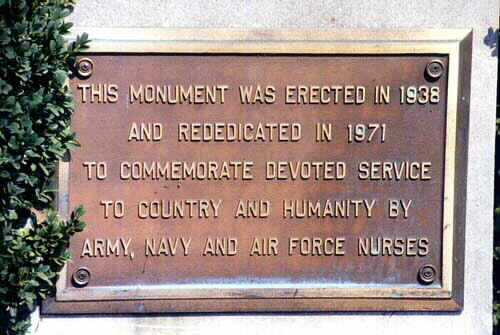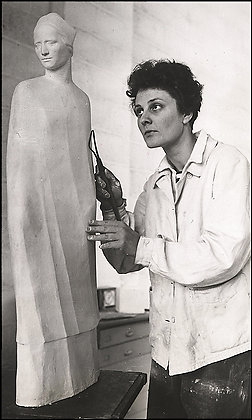The Nurse’s Memorial is located in Section 21 of Arlington National Cemetery. Many military
nurses are buried in this section. Anita Newcomb McGee, who is buried in Section 1 of
Arlington National Cemetery was a leader in the movement to have this monument built
and then placed in Arlington.
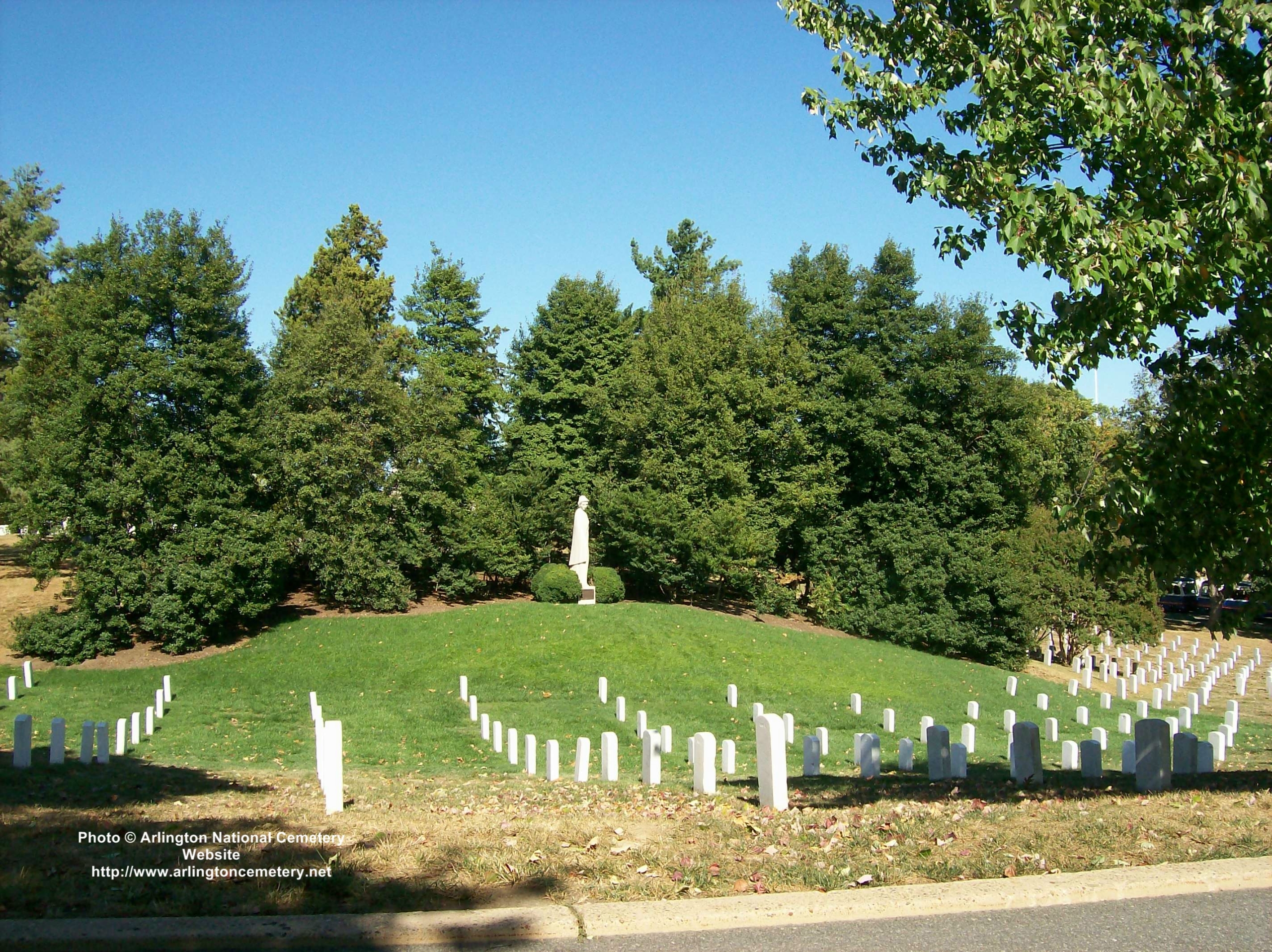
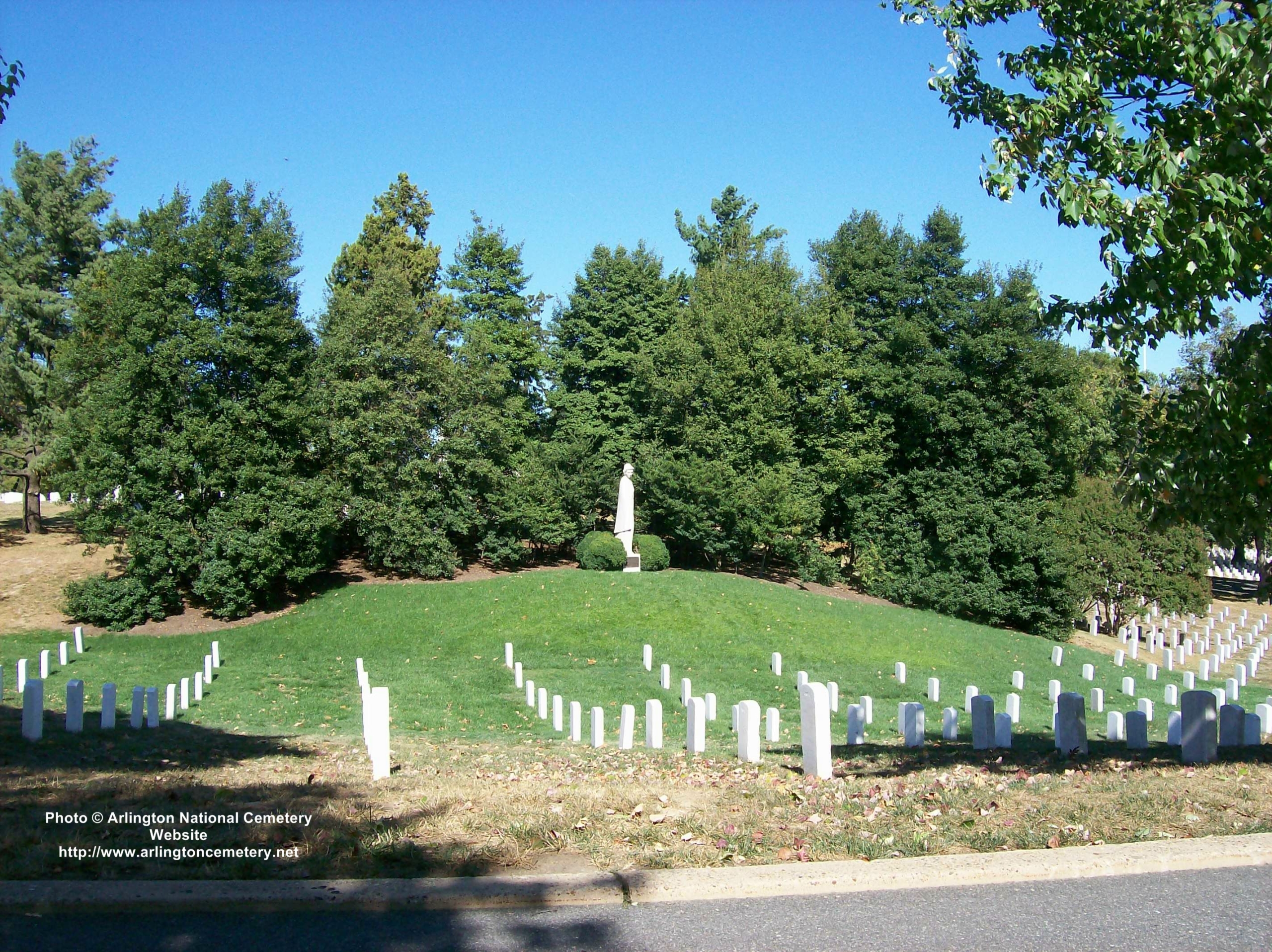
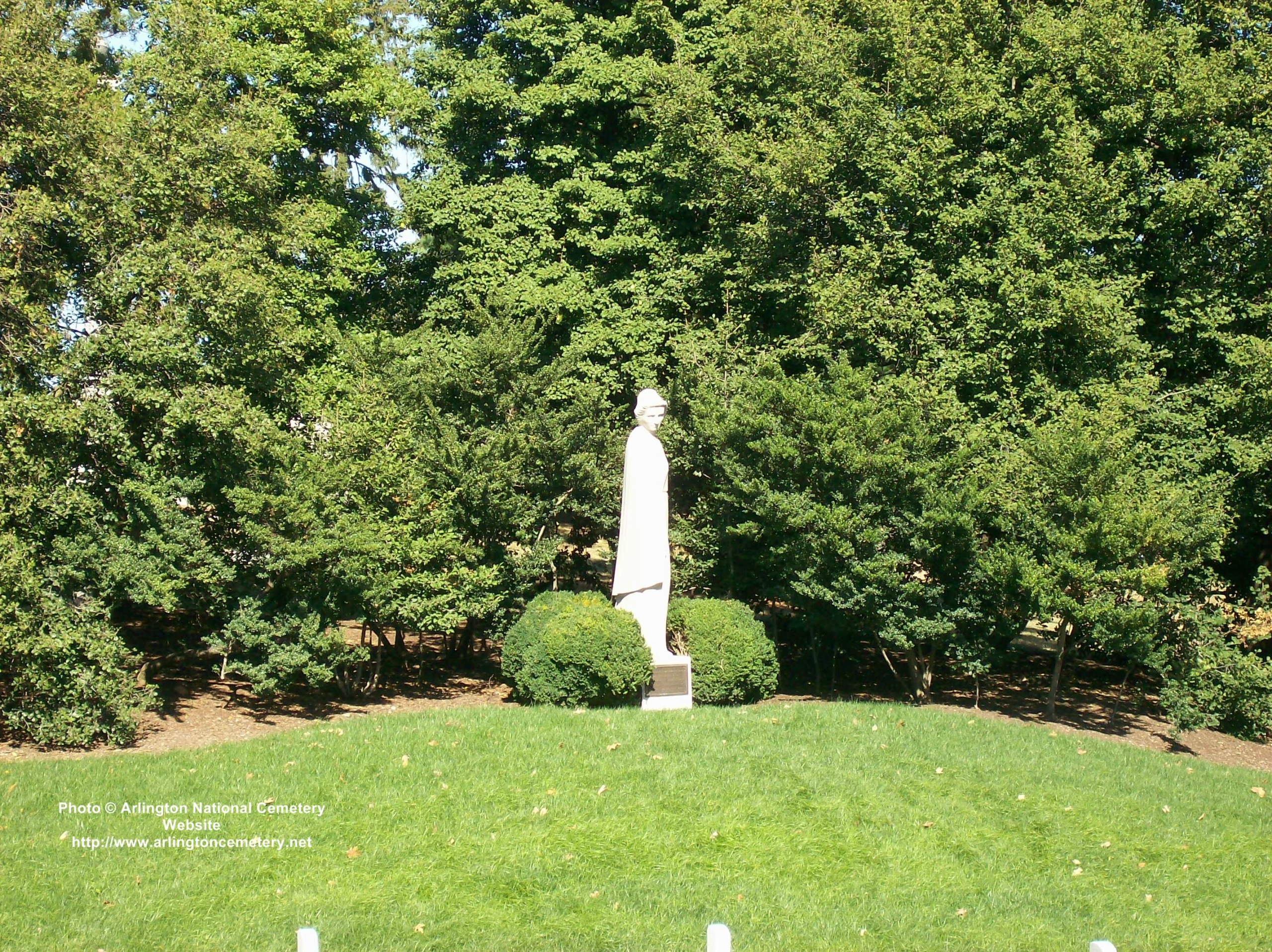
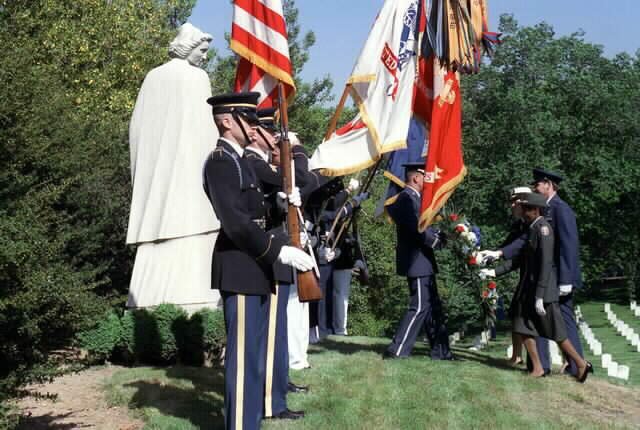
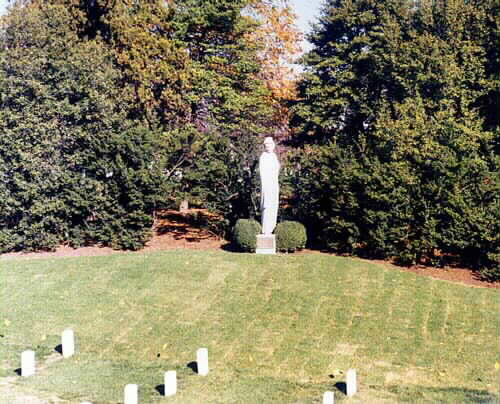
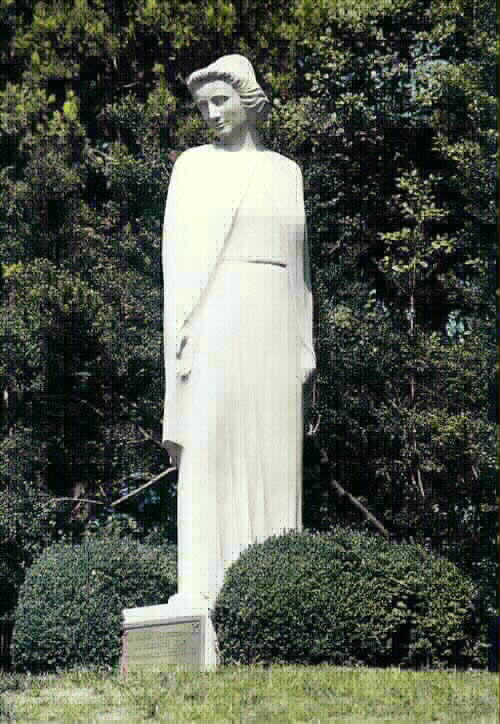
Frances Rich, 97; Sculpted Alternative to Hollywood
By Adam Bernstein
Washington Post Staff Writer
Friday, October 26, 2007
Frances Rich, 97, a one-time Hollywood actress who devoted much of her life to making sculptures of saints and celebrities, died October 14, 2007, at her home in Payson, Arizona, after a heart attack.
Ms. Rich was the daughter of movie, stage and radio actress Irene Rich and appeared in secondary roles in minor screen dramas of the early 1930s before sculpting became her occupation.
Frances Rich, shown in 1937 putting the final touches on a model honoring nurses who died during
military service, was a Hollywood actress before sculpting became her occupation
One of her best-known works was a 10-foot-high statue made from Tennessee marble to commemorate nurses who died during military service. The statue, unveiled at Arlington National Cemetery in 1938, was dedicated to Army and Navy nurses but has since been considered a memorial to nurses in all service branches.
It has sometimes been called the “Spirit of Nursing” monument, said Arlington Cemetery historian Tom Sherlock.
Ms. Rich also made portrait busts of friends such as opera singer Lotte Lehmann, birth control activist Margaret Sanger, painter Diego Rivera and composer Virgil Thomson as well as a 1965 terracotta statue of actress Katharine Hepburn depicted as Cleopatra for the American Shakespeare Festival Theatre and Academy in Stratford, Connecticut.
Many of her religious statues showing saints graced churches and museums along the West Coast. She was not a Catholic — nor particularly religious — but developed a specialty in statues of Saint Francis of Assisi. Her Saint Francis statues earned her commissions from as far away as the American College of Greece in Athens.
She also designed a bronze statue called “The Laughing Pelican” (1958) located in front of the Pelican Building (now called Anthony Hall), which housed a student humor publication at the University of California at Berkeley.
Irene Frances Luthern Deffenbaugh was born January 8, 1910, in Spokane, Washington, and was adopted by her mother’s second husband, Army Major Charles Rich.
In 1931, she graduated from Smith College in Northampton, Massachusetts, and made her Broadway debut in the S.N. Behrman comedy “Brief Moment,” which starred Louis Calhern as a polo player.
She had small roles in films such as “Unholy Love,” “Zoo in Budapest” and John Ford’s “Pilgrimage” and co-starred with Rex Bell in the low-budget western “The Diamond Trail” (1933). Soon afterward, she turned down a studio contract and said she was determined to make a career in fine art.
Ms. Rich once told The Washington Post that an early mentor was sculptress Malvina Hoffman, “who liked some little soap models I’d done of the sets between scenes and rehearsals. It was almost immediately decided that I should go to Europe with her, a guide and friend such as few beginning sculptors have ever had.”
Starting in 1937, Ms. Rich attended the Cranbrook Academy of Art in Bloomfield Hills, Michigan. The school was run under the direction of Swedish-born sculptor Carl Milles, a former student of Auguste Rodin’s.
At the start of World War II, Ms. Rich extensively studied mathematics and mechanical drawing and made technical illustrations for airplane production.
She also became special assistant to Mildred McAfee, the Navy WAVES director. Ms. Rich left the service in 1946, ranked a lieutenant commander, and spent three years as Smith College’s public relations director.
Afterward, she dedicated herself to sculpture and had several solo art exhibitions, including one in 1969 at the Palm Springs Desert Museum near her longtime studio. She spent many years in Santa Barbara, California, caring for her mother, who died at 96 in 1988.
She moved to Arizona in the early 1990s to be near a friend as well as her favorite bronze casting foundry.
Survivors include a half-sister.
Michael Robert Patterson was born in Arlington and is the son of a former officer of the US Army. So it was no wonder that sooner or later his interests drew him to American history and especially to American military history. Many of his articles can be found on renowned portals like the New York Times, Washingtonpost or Wikipedia.
Reviewed by: Michael Howard

